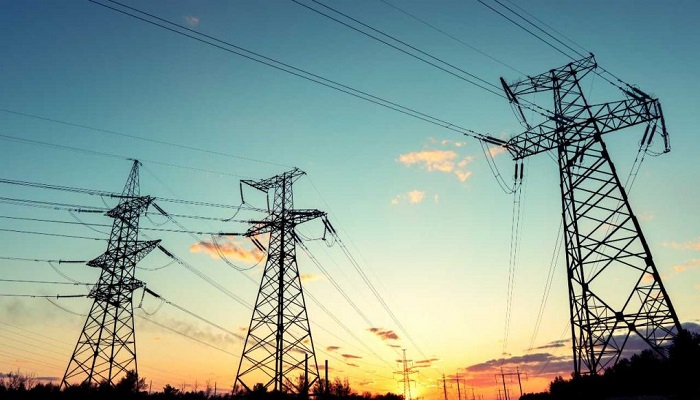Is one able to calculate a model pertaining to the electricity grid of the future by way of using the software of the present?
This question has been posed by Professor Dirk Van Hartem from a Belgian university named KU Leuven, and the answer he gave was a no.
But, he did stress that inaction was not a choice, as one will not know exactly what the future is going to look like, but that does not mean one should not start working on it today.
The fact is that today’s technology is in no way perfect; however, a start can be made.
It is well to be noted that Van Hartem happened to be speaking at a conference that was organized by currENT, which is the European association pertaining to grid technology companies.
Named A Grid to Decarbonize Europe, the conference highlighted the work undertaken by currENT, superconductor company Supernode, KU Leuven, and the University of Starthclyde in Scotland, to model a probable blueprint for an electricity grid in Europe.
Layla Sawyer, CurrENT secretary-general, said in the conference held in Brussels that when it comes to grid innovation, up until now, they have been inching forward, and the fact is that the move is not going to cut it. One needs to look at the gaps within the technology.
As per the chief executive of Supernode, John, the grid happens to be developing very slowly as well as incrementally.
Europe’s power system goes on to run very well, but the fact is that it happens to run on carbon, and there’s a climate crisis at hand.
When things are just right with the grid, in particular when it operates the way it should, nothing takes place and if things happen to go wrong, they are the villains.
According to Fitzgerald, the grid operators are the watchers on the wall, and they require their assistance to keep the lights on.
That assistance, he said, has to come in the shape of a new grid, which is a DC overlay grid atop an AC network.
A DC grid happens to be the best contender to solve their problems, added Prof. Van Hartem, who wondered if one should have one TSO to rule all of them.
As per him, the meshed HVDC grids happen to be the only realistic option so as to build a new backbone grid.
He went ahead and outlined how building such a grid would come within the timelines, like multi-terminal connections between the current times and 2030; offshore energy hubs that are fired up between 2030 and 2035; meshed offshore grids as well as the first deep island reinforcement between 2035 and 2045; and the EU-wide interconnection right from 2045 onwards.
But he said this task should not be held to ransom by the present EU targets. They hope that by 2050 one will have a decarbonized Europe. But if it pushes to 2060, that’s also okay.












































